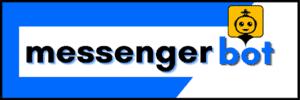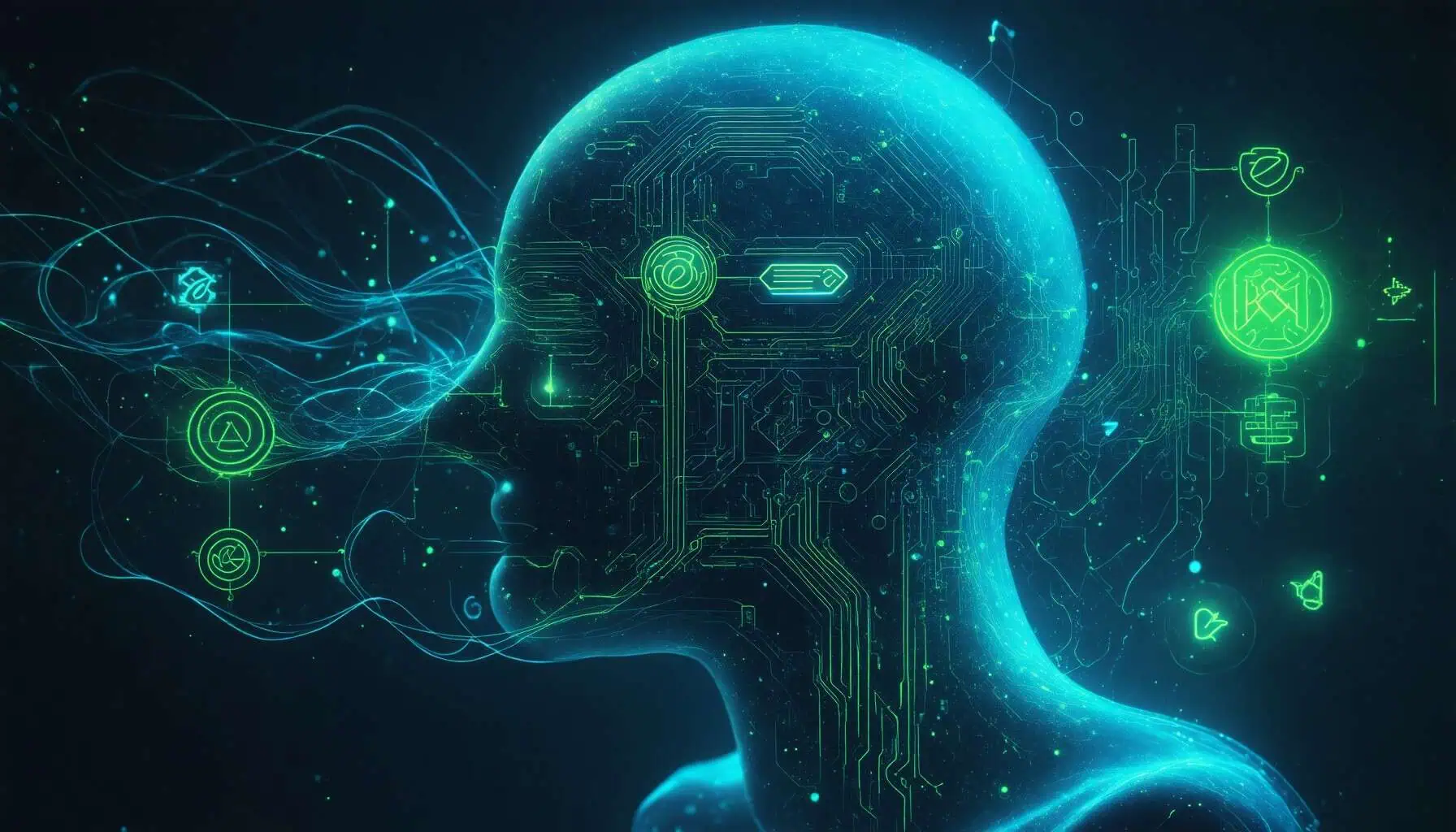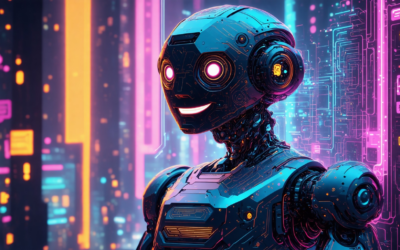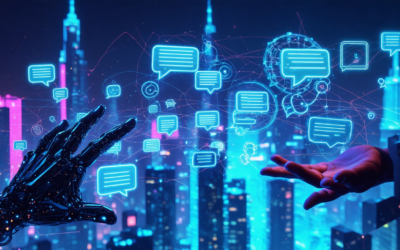Key Takeaways
- Discover how innovative chatbot UI examples enhance user engagement and streamline communication.
- Utilize chatbot UI design templates for consistency, efficiency, and adherence to best practices.
- Effective chatbot interface design focuses on clarity, personalization, and responsive layouts for improved user experience.
- Explore free resources like GitHub, Dribbble, and Behance for high-quality chatbot UI designs.
- Integrate AI features in your chatbot UI to offer personalized, timely responses that enhance user satisfaction.
- Stay ahead of trends in chatbot UX, such as emotional intelligence and proactive engagement, to meet evolving user needs.
In today’s digital landscape, enhancing user experience is paramount, and innovative chatbot UI examples play a crucial role in achieving this goal. This article delves into the world of chatbot user interface design, showcasing how effective chatbot UI can transform user interactions. We will explore a variety of chatbot UI designs that not only captivate users but also streamline communication. From understanding the key elements of chatbot interface design to discovering free resources available on platforms like GitHub, this guide aims to equip you with the insights needed to elevate your chatbot projects. Additionally, we will discuss the integration of AI in chatbot UX and the future trends shaping this dynamic field. Join us as we uncover the essential strategies and tools that can enhance your chatbot user experience and keep you ahead in the evolving landscape of chatbots UI.
Innovative Chatbot UI Examples to Enhance User Experience
In today’s digital landscape, chatbot UI examples play a crucial role in enhancing user experience. By leveraging innovative designs, businesses can create engaging interactions that not only capture user attention but also streamline communication. Here are some standout examples that illustrate the potential of effective chatbot user interface design.
What are some innovative chatbot UI examples?
Several brands have successfully implemented unique chatbot UI designs that elevate user engagement. Notable examples include:
- Sephora’s Virtual Artist: This AI-driven chatbot allows users to try on makeup virtually, providing a personalized shopping experience.
- Duolingo’s Chatbot: Duolingo uses a friendly chatbot to help users practice languages in a conversational format, making learning interactive and fun.
- H&M’s Shopping Assistant: H&M’s chatbot guides users through their shopping journey, offering personalized outfit suggestions based on user preferences.
- Bank of America’s Erica: Erica helps users manage their finances through a conversational interface, providing insights and assistance with banking tasks.
These examples highlight how innovative chatbots UI can transform user interactions, making them more engaging and efficient.
How can chatbot UI design templates improve user interaction?
Utilizing chatbot UI design templates can significantly enhance user interaction by providing a structured approach to chatbot development. Here’s how:
- Consistency: Templates ensure a consistent look and feel across different platforms, which helps users feel more comfortable and familiar with the interface.
- Efficiency: Pre-designed templates save time in the development process, allowing businesses to focus on customizing the chatbot’s functionality rather than starting from scratch.
- Best Practices: Many templates incorporate industry best practices in chatbot interface design, ensuring that the user experience is optimized for engagement and satisfaction.
- Scalability: Templates can be easily adapted and scaled as business needs evolve, making it easier to implement new features or updates.
By leveraging these templates, businesses can create effective chatbots UI that enhance user experience and drive engagement.

Exploring Chatbot UI Design
Effective chatbot UI design is crucial for enhancing user experience and ensuring seamless interactions. By focusing on key elements, businesses can create chatbots that not only engage users but also drive conversions. Below, we delve into the essential components of effective chatbot UI design and how these elements impact user experience.
What are the key elements of effective chatbot UI design?
- Clarity and Simplicity: A clean and straightforward interface allows users to navigate easily. Clear prompts and responses help users understand the chatbot’s capabilities, reducing frustration.
- Personalization: Tailoring interactions based on user data enhances engagement. Chatbots that remember user preferences or past interactions create a more personalized experience.
- Visual Appeal: Aesthetic design elements, such as color schemes and typography, contribute to a pleasant user experience. Well-designed chatbot UI examples can inspire effective visual strategies.
- Responsive Design: Ensuring that the chatbot interface is mobile-friendly is essential, as many users interact via smartphones. A responsive design adapts to various screen sizes, maintaining usability across devices.
- Feedback Mechanisms: Incorporating features that allow users to provide feedback on their experience can help improve the chatbot’s performance over time.
How does chatbot UI design impact user experience?
The design of a chatbot user interface significantly influences user satisfaction and engagement. A well-crafted chatbot UI can lead to:
- Increased Engagement: Users are more likely to interact with a visually appealing and easy-to-use chatbot. Engaging chatbot UI designs can keep users coming back.
- Higher Conversion Rates: A streamlined user experience can lead to higher conversion rates, as users find it easier to complete desired actions, such as making a purchase or signing up for a newsletter.
- Reduced Drop-off Rates: By minimizing confusion and frustration, effective chatbot UI design can lower the chances of users abandoning the conversation.
- Enhanced Brand Perception: A professional and user-friendly chatbot interface reflects positively on the brand, fostering trust and loyalty among users.
By focusing on these key elements and understanding their impact, businesses can create chatbots that not only meet user needs but also enhance overall satisfaction. For more insights on chatbot design, explore the essentials of UI chatbots.
Free Resources for Chatbot UI Design
Finding high-quality chatbot UI examples can significantly enhance your design process. There are numerous platforms where you can access chatbot UI designs free of charge, allowing you to explore various styles and functionalities without financial commitment. Utilizing these resources not only saves costs but also inspires creativity in your chatbot interface design.
Where can I find chatbot UI examples free of charge?
Several websites and platforms offer free chatbot UI examples that can be invaluable for your design projects. Here are some top resources:
- Messenger Bot Tutorials – This platform provides a range of tutorials and examples that showcase effective chatbot UI implementations.
- GitHub – Search for chatbot UI examples GitHub to find open-source projects and templates that can be adapted for your needs.
- Dribbble – A community of designers where you can find innovative chatbot UI designs shared by professionals.
- Behance – Another platform where designers showcase their work, including various chatbot interface examples.
What are the benefits of using a chatbot UI template free?
Utilizing a chatbot UI template free offers several advantages:
- Cost-Effective: Free templates eliminate the need for expensive design services, making it accessible for startups and small businesses.
- Time-Saving: Pre-designed templates allow for quicker deployment, enabling you to focus on customizing the chatbot user experience rather than starting from scratch.
- Proven Designs: Many free templates are created by experienced designers, ensuring that you are using effective and user-friendly layouts.
- Flexibility: Most templates can be easily modified to fit your brand’s style and functionality requirements, allowing for a personalized touch.
Understanding Chatbot User Interface
The chatbot user interface plays a crucial role in shaping user engagement. A well-designed chatbot interface can significantly enhance the overall user experience, making interactions smoother and more intuitive. By focusing on key elements such as clarity, responsiveness, and aesthetic appeal, businesses can create chatbots that not only meet user expectations but also exceed them.
How does the chatbot user interface influence user engagement?
The effectiveness of a chatbot UI directly impacts user engagement levels. Here are several ways in which the chatbot user interface influences interactions:
- Clarity of Communication: A clear and concise chatbot interface design ensures that users understand the bot’s capabilities and how to interact with it. This clarity reduces frustration and encourages users to engage more actively.
- Visual Appeal: An aesthetically pleasing chatbot UI can attract users and keep them engaged. Utilizing colors, fonts, and layouts that resonate with the target audience enhances the overall experience.
- Personalization: A well-designed chatbot can adapt its responses based on user preferences and past interactions, creating a more personalized experience that fosters loyalty and repeat engagement.
- Accessibility: Ensuring that the chatbot is accessible across various devices and platforms enhances user engagement. A responsive design allows users to interact seamlessly, whether on mobile or desktop.
What are the best practices for chatbot interface design?
To create an effective chatbot interface, consider the following best practices:
- Simplicity: Keep the design simple and intuitive. Users should be able to navigate the chatbot effortlessly without feeling overwhelmed by options.
- Consistent Branding: Align the chatbot’s design with your brand identity. Consistent use of logos, colors, and messaging reinforces brand recognition and trust.
- Feedback Mechanisms: Incorporate feedback options within the chatbot. Allow users to rate their experience or provide comments, which can help improve the chatbot UX over time.
- Testing and Iteration: Regularly test the chatbot interface with real users to identify pain points and areas for improvement. Iterative design based on user feedback is key to enhancing the chatbot user experience.
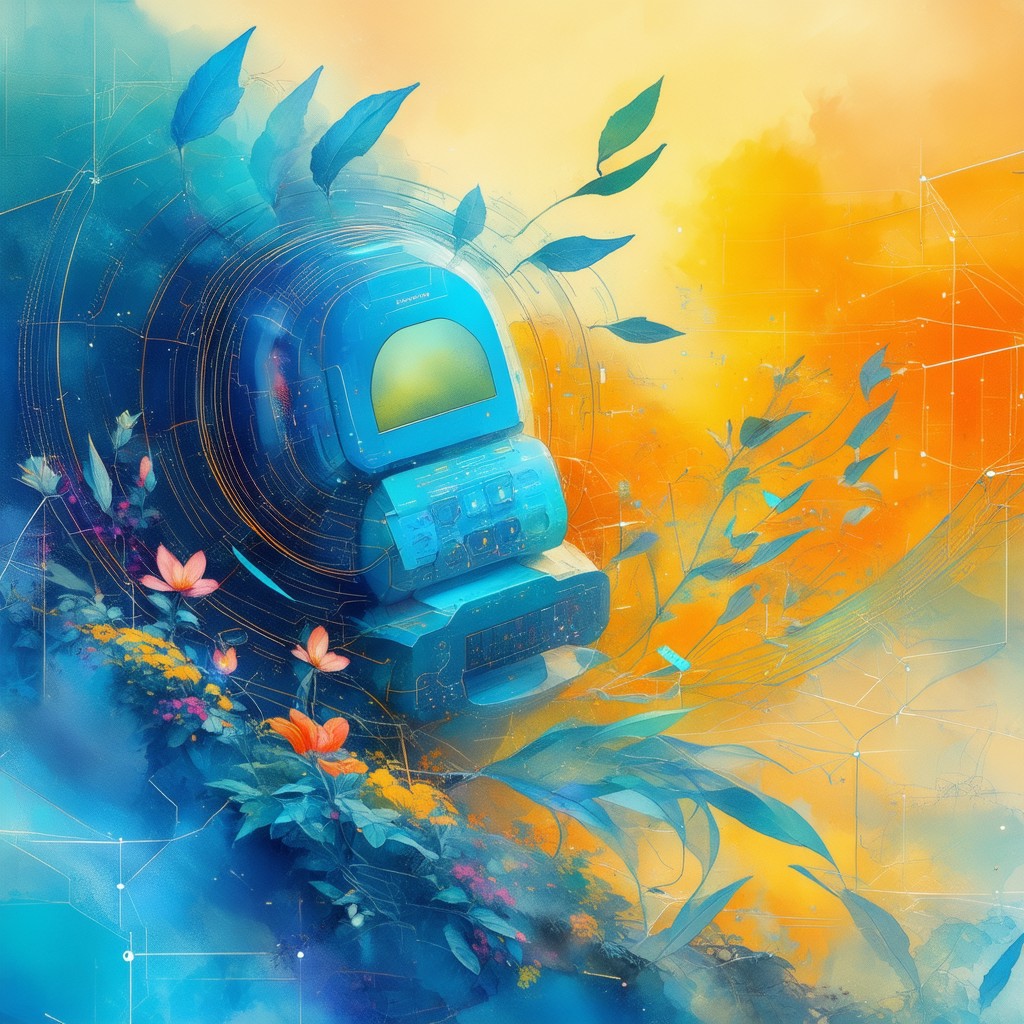
GitHub Resources for Chatbot UI Development
Utilizing chatbot UI examples GitHub can significantly enhance your chatbot development process. GitHub serves as a treasure trove of open-source projects, offering a variety of chatbot UI designs that can inspire and streamline your own implementations. By exploring these resources, you can gain insights into effective chatbot interface design and leverage existing code to accelerate your development timeline.
How can I utilize chatbot UI examples GitHub for my projects?
To effectively utilize chatbot UI examples from GitHub, follow these steps:
- Search for Repositories: Use keywords like chatbot UI, chatbot interface, or chatbot UI GitHub to find relevant repositories. Look for projects that have good documentation and active contributions.
- Clone and Experiment: Clone the repositories to your local machine and experiment with the code. Modify the UI elements to suit your brand’s identity and user experience goals.
- Integrate with Your Bot: Once you’ve customized the UI, integrate it with your existing chatbot framework. Ensure compatibility with your backend systems to maintain seamless interactions.
- Contribute Back: If you enhance an open-source project, consider contributing your improvements back to the community. This not only helps others but also builds your reputation as a developer.
What are the advantages of using GitHub chatbot UI resources?
Using GitHub chatbot UI resources offers several advantages:
- Access to Diverse Designs: GitHub hosts a wide range of chatbot UI designs, allowing you to explore various styles and functionalities that can enhance your chatbot’s user experience.
- Community Support: Engaging with the GitHub community can provide valuable feedback and support. You can ask questions, share your projects, and learn from other developers’ experiences.
- Cost-Effective Solutions: Many resources on GitHub are free, which can significantly reduce development costs while still providing high-quality design options.
- Learning Opportunities: By examining and modifying existing projects, you can improve your skills in chatbot UI design and chatbot UX, making you a more proficient developer.
AI and Chatbot UI Integration
How does AI enhance the chatbot UI experience?
Integrating AI into chatbot UI significantly elevates the user experience by enabling more intuitive interactions. AI-driven chatbots can analyze user behavior and preferences, allowing for personalized responses that resonate with individual users. This adaptability not only improves engagement but also fosters a sense of connection between the user and the chatbot. For instance, AI chatbots can utilize natural language processing (NLP) to understand context and sentiment, leading to more relevant and timely responses. This capability is crucial for enhancing the overall chatbot user interface, making it more responsive and user-friendly. By leveraging AI, businesses can create chatbots that not only answer queries but also anticipate user needs, thereby streamlining communication and improving satisfaction.
What are the features of an effective AI chatbot interface?
An effective AI chatbot interface incorporates several key features that enhance usability and engagement. These include:
– **User-Friendly Design**: A clean and intuitive layout ensures that users can navigate the chatbot easily. This includes clear buttons, easy-to-read text, and a logical flow of conversation.
– **Personalization**: AI chatbots should tailor interactions based on user data and previous conversations, creating a unique experience for each user.
– **Multilingual Support**: To cater to a global audience, an effective AI chatbot interface should support multiple languages, allowing users to communicate in their preferred language.
– **Quick Response Times**: Users expect instant answers. An efficient chatbot UI minimizes wait times, providing immediate feedback to user inquiries.
– **Rich Media Integration**: Incorporating images, videos, and quick reply buttons can enhance the interaction, making it more engaging and informative.
By focusing on these features, businesses can develop a chatbot user interface that not only meets user expectations but also drives higher engagement rates. For more insights on chatbot interface design, check out our guide on Chatbot Interface Design.
Future Trends in Chatbot UX Design
What are the emerging trends in chatbot UX?
The landscape of chatbot UX is rapidly evolving, driven by advancements in technology and changing user expectations. Here are some key emerging trends:
1. **Personalization**: Users increasingly expect chatbots to provide tailored experiences. By leveraging AI and machine learning, chatbots can analyze user behavior and preferences, offering personalized responses and recommendations that enhance user engagement.
2. **Voice Integration**: With the rise of voice-activated devices, integrating voice capabilities into chatbots is becoming essential. This trend allows users to interact with chatbots using natural language, making the experience more intuitive and accessible.
3. **Multimodal Interfaces**: Future chatbots will likely incorporate multimodal interfaces that combine text, voice, and visual elements. This approach caters to diverse user preferences and enhances the overall user experience.
4. **Emotional Intelligence**: As AI technology advances, chatbots are becoming more adept at recognizing and responding to user emotions. This emotional intelligence can lead to more empathetic interactions, improving user satisfaction.
5. **Proactive Engagement**: Instead of waiting for users to initiate conversations, chatbots will increasingly engage users proactively. By anticipating user needs and offering assistance at the right moments, chatbots can significantly enhance user experience.
6. **Integration with Other Technologies**: Future chatbots will seamlessly integrate with other technologies, such as augmented reality (AR) and virtual reality (VR), creating immersive experiences that go beyond traditional text-based interactions.
How can UX for chatbots evolve with user needs?
To effectively evolve with user needs, chatbot UX must prioritize adaptability and continuous improvement. Here are several strategies to achieve this:
1. **User Feedback Loops**: Regularly collecting and analyzing user feedback is crucial. This data can inform design updates and feature enhancements, ensuring that the chatbot evolves in line with user expectations.
2. **A/B Testing**: Implementing A/B testing allows for the evaluation of different design elements and functionalities. By analyzing user interactions with various versions of the chatbot, businesses can identify what resonates best with their audience.
3. **Data-Driven Insights**: Utilizing analytics tools to track user interactions can provide valuable insights into user behavior. Understanding how users engage with the chatbot can guide design decisions and feature prioritization.
4. **Continuous Learning**: Incorporating machine learning algorithms enables chatbots to learn from past interactions. This continuous learning process ensures that chatbots become more effective over time, adapting to changing user needs.
5. **Cross-Platform Consistency**: As users interact with chatbots across various platforms, maintaining a consistent user experience is vital. Ensuring that the chatbot’s design and functionality are uniform across channels can enhance user satisfaction.
6. **Focus on Accessibility**: Evolving UX must also consider accessibility. Designing chatbots that cater to users with disabilities ensures inclusivity and broadens the user base.
By embracing these trends and strategies, chatbot UX can remain relevant and effective, ultimately leading to improved user experiences and engagement. For more insights on effective chatbot UI design, explore our resources on [chatbot interface design](https://messengerbot.app/mastering-chatbot-interface-design-essential-steps-for-creating-engaging-and-effective-conversational-ui/) and [chatbot UX](https://messengerbot.app/elevating-user-experience-with-effective-chatbot-ui-design-key-templates-and-best-practices/).
